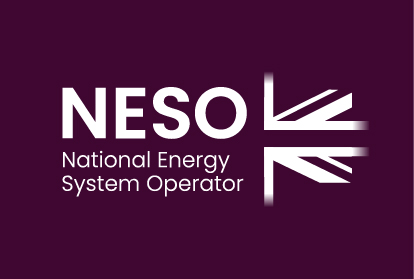The Electricity National Control Centre’s (ENCC) current approach of manual instructions is limiting the number of units that can be instructed in real-time operation of the GB electricity system. With an increasing number of units to dispatch across multiple services, this approach is not sustainable for future economic and reliable operation of the system. The project will deliver a proof-of-concept decision-support tool to the ENCC, aiming to release operators of manual tasks and enabling them to focus on validating results and ensuring timely decisions are made. While control room decisions within-day span operational planning, scheduling and dispatch, the project will first focus on course-correction for dispatch decision-support problems. The tool will be developed and tested using advanced optimisation techniques and data-driven approaches, including development and implementation of a mathematical model, demonstrating the model performance on selected real-world data examples.
Benefits
The project aims to discover, develop, and test a world first course-correction methodology to balance an electricity system. The tool delivered will be a key enabler towards future automation of dispatch actions, and for operating a zero-carbon electricity system. The decision-support models developed will provide economic and transparent decisions, reducing skip rates and informing control room engineers with explainable reasons behind an instruction. The proof-of-concept tool will also provide means for development of further ENCC decision-support methodologies.
Learnings
Outcomes
- Due to the limited datasets available at the time of the project and this leading to an inability to prove the concept at a working level in the control room
- An understanding was gained around frequency containment, and how solving the short-term imbalance was the leading factor in this
- The project showed that the methodology used did not help to reduce the imbalance position and therefore could not be used for an automated tool in the control room
Lessons Learnt
The work within the project resulted in the development of several scripts used to process and generate input data for the testing and validation of our predictive models. The scripts were refined and enhanced, creating a robust mechanism for automated testing and validation. These exemplars generated as part of this project may be valuable for research and innovation projects focused on ancillary services of reserve, response and inertia.
One of the deliverables from this project was energy requirement for a given time horizon, which is closely linked to the bulk dispatch optimizer of Open Balancing Platform within the Balancing Programme project. The energy requirement served as an input to the bulk-dispatch optimization, which was manually drawn.
While this project successfully developed an end-to-end course correction tool, several areas need further work and discovery:
- Rich and Broader Datasets. richer and broader datasets were needed for better development, training, and testing of predictive and machine learning models. In this project, we had to create a large dataset using available open-source tools, which took time away from developing and testing sophisticated machine learning models.
- Close collaboration with the system end users. The demonstrator served two important purposes. The first was to demonstrate the idea and the modelling capability developed during the project. Secondly, it provided means to elicit feedback from the end-users which could be immensely useful to enhance existing modelling capability, quantifying operational benefit, as well as building additional capabilities.
- Enhanced modelling and validation of response levels. We lack data on how response is being used at a finer resolution. During the project, we discussed approach to estimate this data, however, due to time limitations this is something which we have not investigated.
- Combining this with the Bulk Dispatch Optimisation (BDO). A key input from course correction is the energy requirement which can be fed into the BDO. There are several aspects within the BDO that can be captured within the Course Correction, for example the headroom and footroom available, notice periods etc. This is an aspect which will be worth exploring as a future work.
- Getting sufficient volumes of historical data was a challenge, and supporting data from NESO systems was required. This hindered the project’s progress
- If a project like REVEAL – NIA2_NGESO024 (a trials-based approach to help with data collection) was implemented and the results made available, it would have helped the project
- This project was attempting to manage the imbalance in the same way of Automatic Governor Control (AGC), which is used in Japan, China, and several European countries, but not in GB
- Should the activities wish to be revisited, a recommendation to use live data is given




